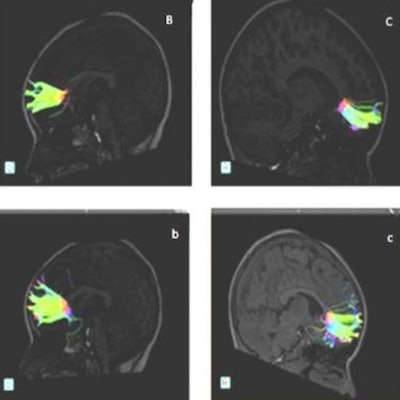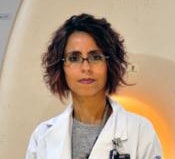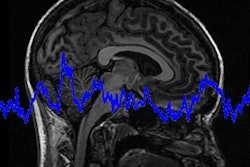
Diffusion-tensor MR images (DTI-MRI) of the brain have revealed that taking music lessons increases brain fiber connections in children and may help those with autism and attention deficit hyperactivity disorder (ADHD). The findings are scheduled for presentation on November 30 at RSNA 2016.
While it has been known that musical instruction benefits children with these disorders, the findings provide a better understanding of how the brain changes and where the new fiber connections occur, said lead author Dr. Pilar Dies-Suarez, from the Hospital Infantil de México Federico Gómez in Mexico City, in a statement from RSNA.
 Dr. Pilar Dies-Suarez from the Hospital Infantil de México Federico Gómez.
Dr. Pilar Dies-Suarez from the Hospital Infantil de México Federico Gómez.For the study, Dies-Suarez and colleagues analyzed 23 healthy 5- and 6-year-olds who were right-handed and had no history of sensory, perception, or neurological disorders. The children also did not have any previous training in the arts. Over nine months, they received musical instruction on Boomwhackers, percussion tubes cut to exact lengths to create pitches in a diatonic scale.
DTI-MRI scans were performed before and after the lessons to look for microstructural changes in the brain's white matter, which contains millions of nerve fibers called axons that connect various regions of the brain. More specifically, DTI measures the movement of extracellular water molecules along axons through fractional anisotropy. High fractional anisotropy values indicate a normal, uniform flow of these molecules in healthy white matter, while lower values indicate a more random movement of the water molecules and suggest abnormalities.
Previous research has linked autism and ADHD to decreases in volume, fiber connections, and fractional anisotropy in the frontal cortex of the brain, an area involved in complex cognitive processes. Thus low connectivity in the frontal cortex is seen as a biomarker of these disorders.
 DTI-MRI (Pre A, B, C) shows fibers in the greater forceps of the brain before musical training. Larger fibers from the same patients are shown after nine months of musical training (Post a, b, c). Image courtesy of RSNA.
DTI-MRI (Pre A, B, C) shows fibers in the greater forceps of the brain before musical training. Larger fibers from the same patients are shown after nine months of musical training (Post a, b, c). Image courtesy of RSNA.The DTI scans revealed an increase in fractional anisotropy and axon fiber length in different areas of the brain, most notably in the minor forceps, which are located in the frontal cortex.
Music-related tasks such as hearing, motor skills, and cognition may activate these existing brain areas because of the need to create more connections between the brain's two hemispheres, Dies-Suarez said. The researchers believe the results could lead to specific intervention strategies for treating disorders such as autism and ADHD.
The findings will be presented in a poster (PD235-SD-WEA1) on November 30 from 12:15 p.m. to 12:45 p.m. in the PD Community, Lakeside Learning Center, Station 1.



.fFmgij6Hin.png?auto=compress%2Cformat&fit=crop&h=100&q=70&w=100)




.fFmgij6Hin.png?auto=compress%2Cformat&fit=crop&h=167&q=70&w=250)











